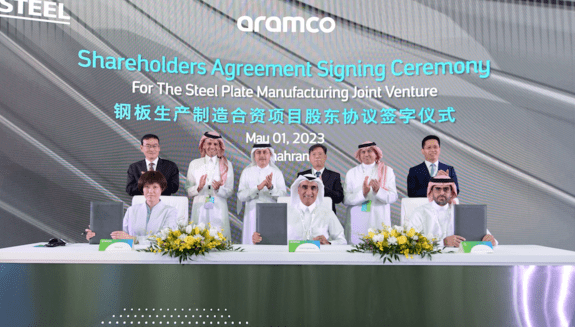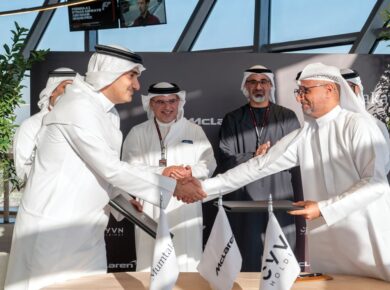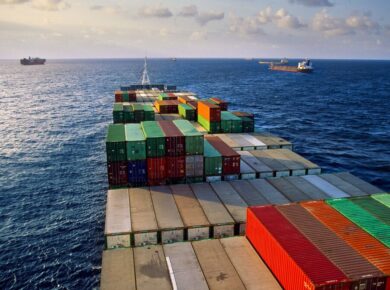A consortium led by Saudi Aramco is planning to establish the Kingdom’s first steel plate manufacturing facility.
A consortium led by Saudi Aramco, the world’s largest oil company, has announced plans to establish the Kingdom’s first steel plate manufacturing facility. The new plant is expected to be a major boost to Saudi Arabia’s efforts to diversify its economy and reduce its reliance on oil exports.
The consortium, which includes South Korean steelmaker POSCO, the Public Investment Fund (PIF) of Saudi Arabia, and several other local investors, plans to invest around $1.5 billion in the project. The facility, which will be located in the Ras Al Khair industrial city in the Eastern Province, will have an annual capacity of 1.5 million tonnes of steel plates.
The project is part of Saudi Arabia’s ambitious Vision 2030 plan, which aims to reduce the country’s dependence on oil and develop new industries. Steel production is a key sector targeted for development under the plan, as it is seen as a strategic industry that can support other sectors such as construction and infrastructure.
“The establishment of the new steel plate manufacturing facility is a significant milestone in the Kingdom’s journey towards developing a robust and diversified economy,” said Dr. Fahad Al Mubarak, governor of the Saudi Arabian Monetary Authority and chairman of the PIF.
The new plant is expected to create around 2,500 direct jobs and contribute to the development of local industries, as it will produce steel plates that are currently imported into the Kingdom. The plant will also help to reduce the country’s dependence on imported steel, which currently accounts for around 80% of its total steel consumption.
“The project will create jobs and local content, and will also enhance the competitiveness of Saudi products in international markets,” said Joon-Yang Chung, CEO of POSCO.
The consortium’s investment in the new plant reflects the growing importance of the steel sector in Saudi Arabia’s economy. According to a report by the Saudi Arabian General Investment Authority, the steel sector is expected to contribute around $7.6 billion to the country’s gross domestic product (GDP) by 2030.
The new facility will use state-of-the-art technology to produce high-quality steel plates that meet international standards. The plant will also have a range of environmental and safety features, including a water treatment plant and a waste management system, to ensure that it operates in an environmentally sustainable manner.
The announcement of the new steel plate manufacturing facility comes at a time when the global steel industry is facing significant challenges, including oversupply, low prices, and rising competition from emerging markets. However, Saudi Arabia’s steel industry is expected to be resilient, thanks to the government’s support for the sector and the country’s strategic location at the crossroads of Asia, Europe, and Africa.
The new plant is expected to have a positive impact on the local economy, as it will create jobs, promote local industries, and contribute to the development of the Kingdom’s manufacturing sector. The project is also expected to attract further investment in the steel sector, as it demonstrates the government’s commitment to developing new industries and reducing the country’s dependence on oil.
“The establishment of this new steel plate manufacturing facility is a clear example of the PIF’s commitment to investing in strategic sectors that will drive economic growth and create jobs for Saudi nationals,” said Yasir Al-Rumayyan, governor of the PIF.
The consortium is currently in the process of securing financing for the project and expects to begin construction in the second half of this year. The plant is expected to be operational by 2025 and will produce a range of steel plates for use in various industries, including construction, shipbuilding, and energy.
Overall, the establishment of the new steel plate manufacturing facility is a significant development for Saudi Arabia’s economy and marks a major step forward in the country’s efforts to diversify its economy and reduce its dependence.





